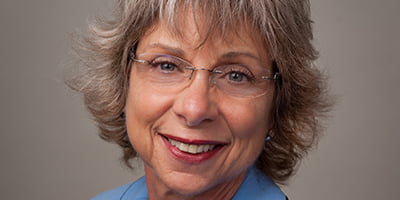by Kathy O’Hara
Dear friends of Catholic schools,
As I write this, the Thanksgiving holiday weekend has ended and Advent begun. The last of our children and grandchildren have returned to their own homes, and I find myself reflecting on how blessed Jim and I are.
It is a tradition in our family for everyone to gather at our home for Thanksgiving. This year, it meant feeding 24 for several days! Amid all the laughter, noise, and activity, there were multiple times that I felt overcome with gratitude that I have lived to “see my children’s children.” Our four sons have married four great women who are wonderful wives and mothers, and our sons are active parents.
Our daughter, while still single, loves entertaining her 13 nieces and nephews. I am so appreciative that our grandchildren are being raised in faith-filled, stable environments.
I write this not to brag about my family but as a realization that not all children have this experience, and this greatly impacts what happens in schools. Often, when I visit with people, they will lament that school “just is not what it used to be” when they were growing up.
The reality is that schools cannot operate the way they used to in the past because the children of today are different. Many times, today’s children live part of the school week with one parent and the other part with the other parent. Many children are being raised by grandparents. Some children have families who left a country thousands of miles away and are just learning to speak English. Many children have diagnosed learning problems and/or physical or neurological disorders.
How does this all impact what happens in schools? Teachers in today’s schools must first understand all the learning implications this diverse student population creates, and then be able to adjust teaching to meet all of their students’ instructional needs. Lesson planning is almost like preparing an individual education plan for each student, rather than a group lesson for an entire class. And this is the easy part!
Think about how all this student diversity affects the most important part of our Catholic school mission — the formation of our students’ souls. The good news is that our teachers can pray with students, regardless of their circumstances. Our students can feel the loving touch of Jesus in the Eucharist and know that they have innate dignity and worth because they are children of God.
This is one aspect of schooling that has not changed in Catholic schools, nor will it ever.
¡Vaya con Dios!


